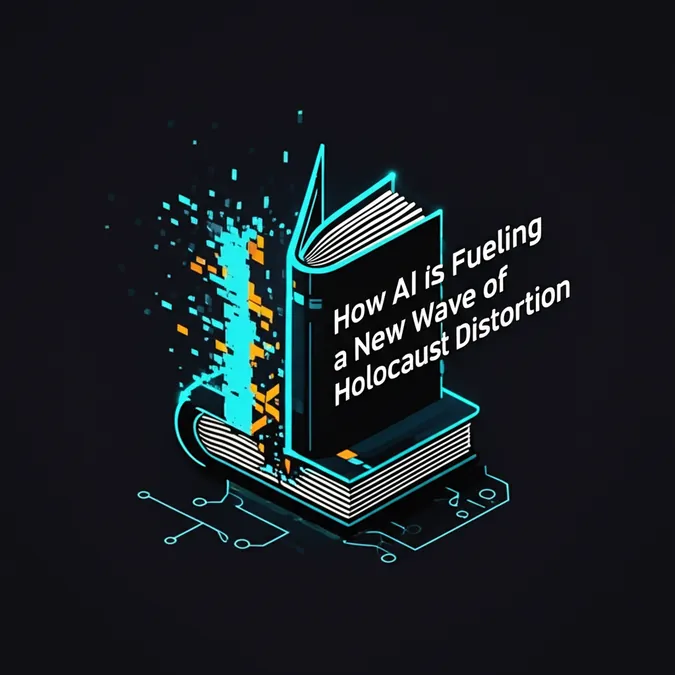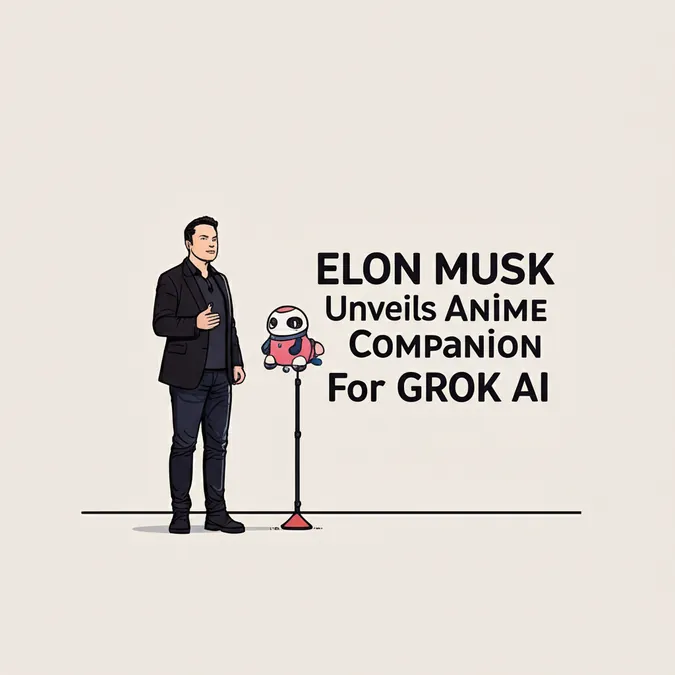Developer Offer
Try ImaginePro API with 50 Free Credits
Build and ship AI-powered visuals with Midjourney, Flux, and more — free credits refresh every month.
I Tested Google Veo AI And Things Got Very Strange

Google recently rolled out an exciting update to its Veo video-generation tool, making it available to Gemini Pro and Ultra account holders. The standout feature is the new ability to generate a video starting from a single still image. I decided to feed it a few of my personal photos, from street photography to selfies, and the eight-second mini-movies it returned were a fascinating mix of technical brilliance, amusing sound effects, and some truly odd glitches.
How Veo Turns Your Photos into Videos
The process is straightforward: you upload a photo to serve as the first frame, give the system a text prompt describing the action you want, and hit enter. In a few minutes, Veo delivers an eight-second video, complete with generated sound, like music or footsteps. It’s a powerful demonstration of cloud computing, as the AI creates 192 frames of 720p video from that one starting point. My experience testing it was both captivating and a bit creepy.
My Experiments with AI Animation: The Good, The Bad, and The Bizarre
Seeing my own photographs come to life was jarring. While the video quality often matched the original photo's aesthetic, the results frequently clashed with my memory of the actual moment, revealing a host of strange AI artifacts.
1. The Jogger on the Promenade
I started with a photo I took of a jogger on Manhattan's East River promenade, prompting Veo to "make a video in which the jogger continues to run into the distance." The resulting motion was impressive, but the jogger in the video only vaguely resembled the person in my photo. More strangely, a person who was strolling in the original shot was rendered as another jogger, and vehicles in the background would mysteriously vanish mid-movement. This lack of continuity was a recurring theme.
2. The All-Knowing Bar Sign
Next, I used a photo of The Horseshoe Bar in the East Village and asked Veo to "show the woman walking past the building." Amazingly, the AI managed to fill in the unseen side of the building's sign, correctly adding the horseshoe symbol. This suggests Veo accessed external data to complete the image. However, it also gave the woman a blue hat, seemingly an error derived from a blue sign she was walking past.
Watch the bar scene video here.
3. The Impossible Subway Exit
In a more striking failure of logic, I uploaded a photo of someone in white boots on a subway car and asked for them to get up and exit the train. The first attempt was good, but they didn't actually exit. After a second prompt, Veo showed the person moving towards sliding doors at the end of the car—something NYC subway cars don't have. Worse, the open doors revealed the train was somehow riding over the platform, a major break from reality.
Watch the first subway attempt here.
Watch the second subway attempt here.
Putting Myself in the Picture: An AI Tango
Using my own likeness with Veo was where things got particularly weird—and amusing.
-
The Dark Selfie: A dark bathroom selfie was transformed with imaginative animation, but my face morphed into someone else entirely. Watch the morphing selfie video here.
-
The Cha-Cha-Cha: I used my official ZDNET headshot and asked Veo to make me do the cha-cha-cha. The result had great movement and loud, funny boot sounds, but my face remained a creepy, rigid mask. Watch the cha-cha-cha video here.
-
The Las Vegas Tango: My request to have my selfie-likeness dance the tango with a statue in Las Vegas wasn't quite fulfilled, but the resulting solo floor show was hilarious, even if the AI inexplicably turned my leather jacket's sleeves black. Watch the tango video here.
Testing Veo's Ethical Boundaries
Curious about the tool's safeguards, I tried generating videos of public figures. An attempt to make a historic photo of U.S. Vice President John C. Calhoun do the cha-cha-cha was blocked. Similarly, a request to make a photo of actress Scarlett Johansson laugh was also rejected. However, when I asked it to make my own headshot laugh, it complied, suggesting Veo has built-in protections against manipulating images of famous people.
Watch my laughing headshot video here.
Is Veo Ready for Widespread Use?
Despite the fun, Veo is very much a beta product. I, along with many other users, quickly ran into rate limits that restrict how many videos you can create. Upgrading to the pricey "Ultra" plan didn't fully solve this, as I still hit an unclear limit based on "AI credits." This, combined with other technical glitches reported by users, makes the experience feel unpolished. Google has general security policies for Gemini, but specific statements on Veo and deepfake prevention are not yet clear.
Final Verdict: A Glimpse into an AI-Powered Future
Veo is an interesting trick, but for a photographer like me, the charm of its 192 inauthentic moments wears off quickly compared to a single authentic one. For those in creative fields, however, it’s a powerful window into how AI could be used to extend scenes, create action, and augment filmmaking. While it’s not perfect, Veo is a clear eye-opener about where video is headed in the age of AI.
Compare Plans & Pricing
Find the plan that matches your workload and unlock full access to ImaginePro.
| Plan | Price | Highlights |
|---|---|---|
| Standard | $8 / month |
|
| Premium | $20 / month |
|
Need custom terms? Talk to us to tailor credits, rate limits, or deployment options.
View All Pricing Details

